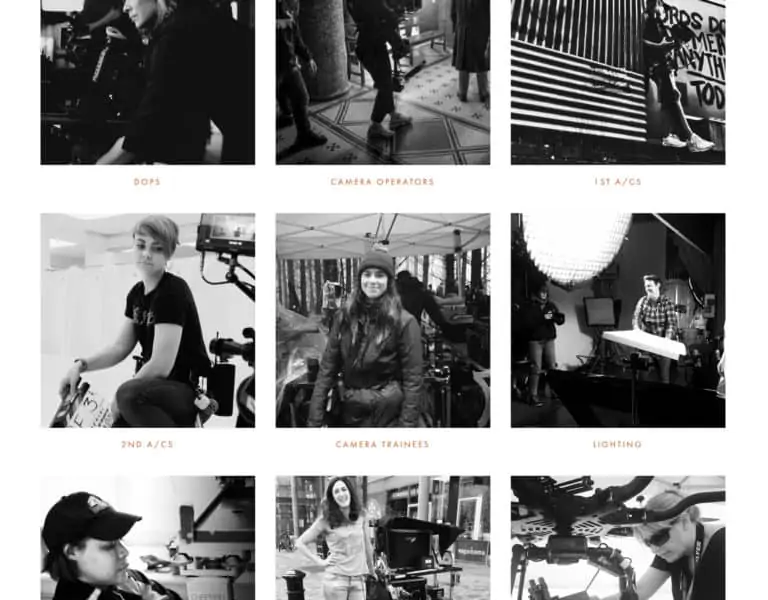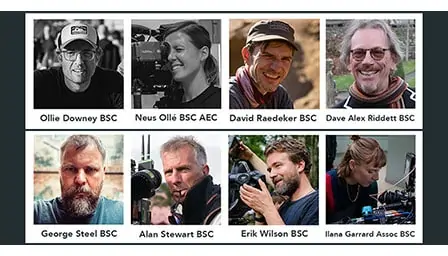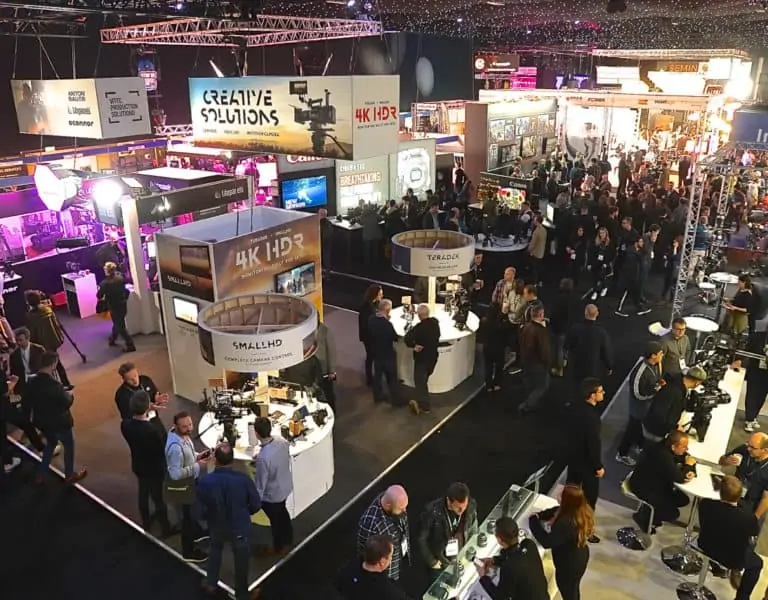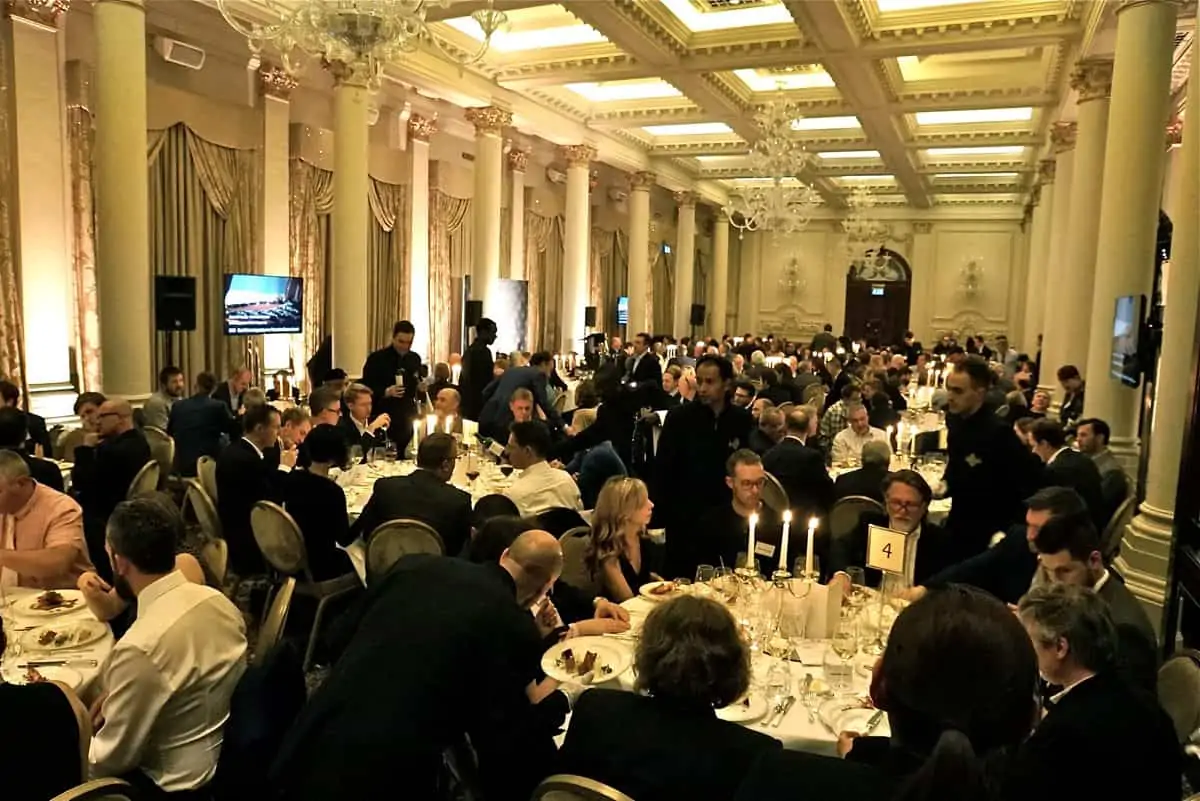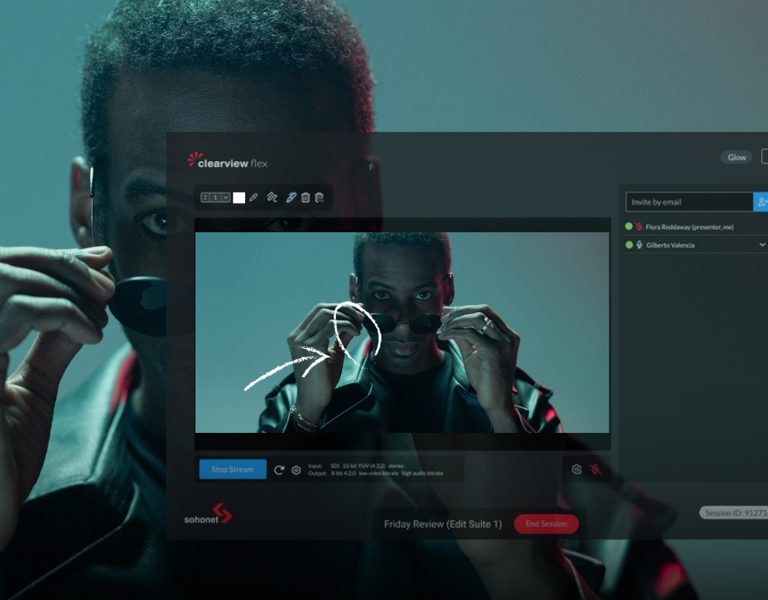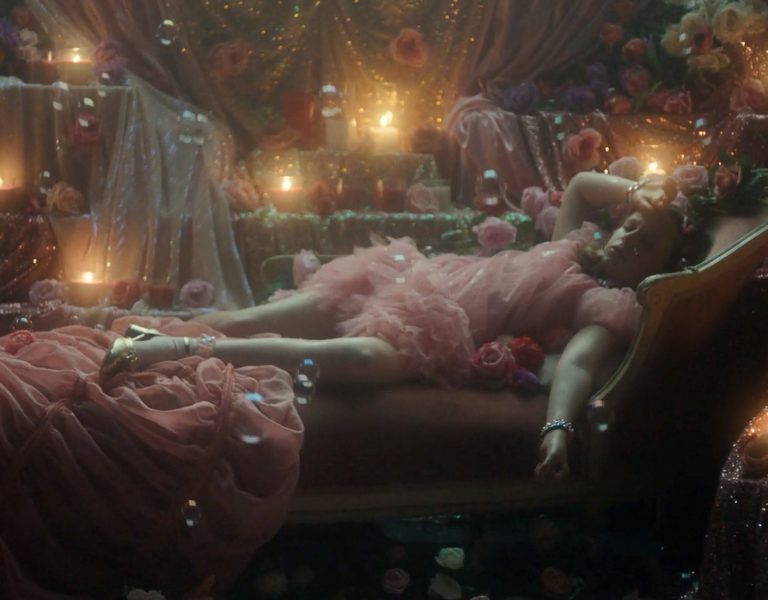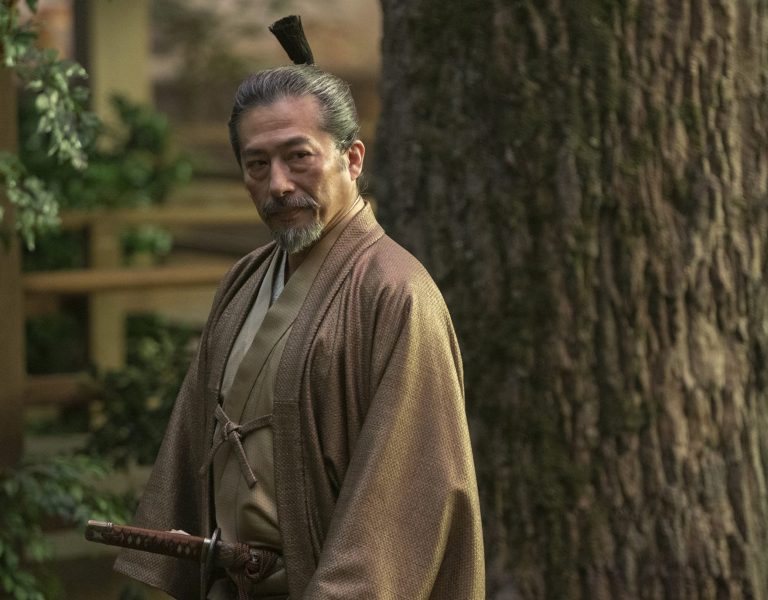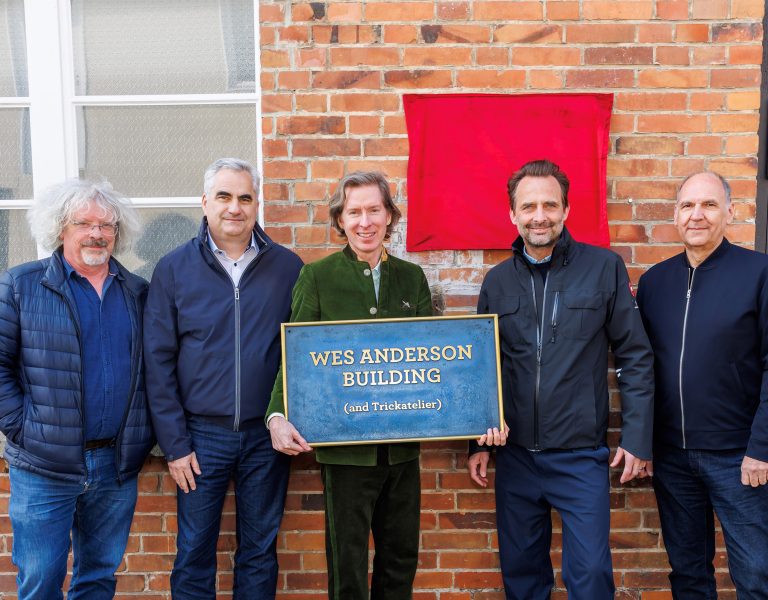
Women Behind The Camera (WBTC) is a platform showcasing the skills of women working in the camera, lighting and grip departments of the UK film and TV industry. Created by three camera operators – Lucy Bristow, Ilana Garrard and Agnieszka Szeliga – it currently has a database of 173 names and contact details covering every grade in the camera, grips and lighting departments, including specialist camera operators.
“I started out as a camera trainee in 1986 through a scheme set up by the ACTT (then the main union of the industry), that intended to bring more women and ethnic minorities into the film industry,” says Bristow, who has worked in the camera department for more than 30 years, “I worked my way up the camera ladder on features and TV dramas to become a camera operator, and by 2009 was the only full female member of the Association Of Camera Operators. There are about 110 male camera operators in the ACO.
“In 2016, Pete Cavaciuti ACO, president at the time, asked me to write an article about why there are so few female camera operators. I began by looking at how many women there are in all the different grades within the camera department and started to create a database. I realised that, for anything to change, it is important to show female 1st and 2nd ACs that camera operating is a viable career choice for women.
“But, there are so few role models out there. Plenty of women embark on the camera ladder and get as far as the 1st AC rung, but then for many complex reasons things get trickier nearer the top of that ladder.”
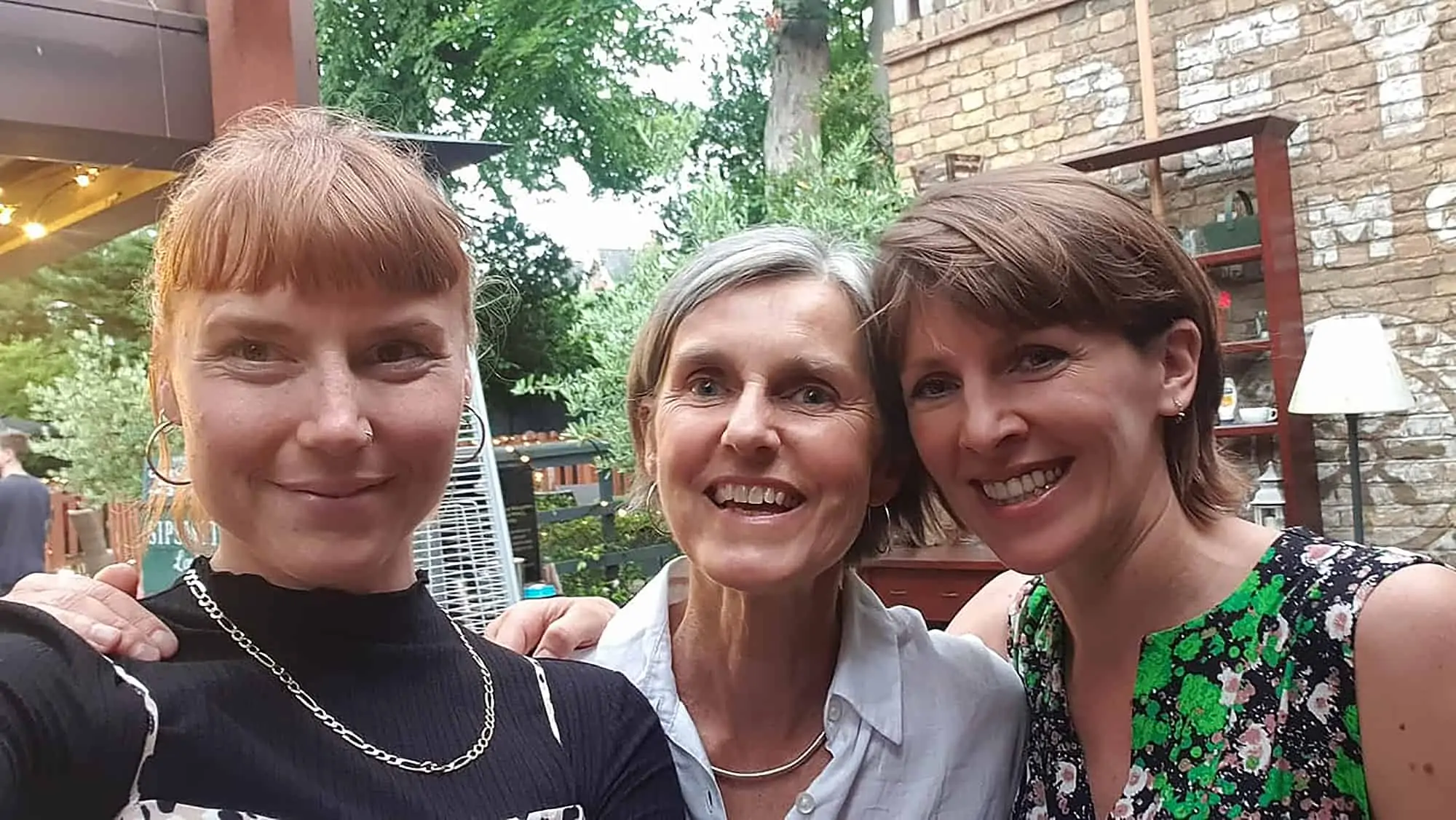
Bristow teamed-up with Garrard and Szeliga to create the website from the original list of names. Women Behind The Camera was launched at the end of April 2019, the entire project having been realised by the hard work and determination of the three of them in-between jobs.
“Producers, directors and DPs are now actively thinking about the importance of increased diversity within the crew. Our aim is to increase equality in the camera department by being more visible,” says Szeliga. “Now there’s one platform that will provide the contact details of women in every grade of the camera department, including the electricians, DITs, video ops and grips.”
The response from DPs within the BSC has been very positive. “Things are changing in the camera department,” said BSC president Mike Eley BSC. “But we have still got a long way to go. We are starting from such a low base that I believe it is the responsibility of all DPs to ensure their department is diverse in personnel. A mixed crew is good for the actors, good for the director, and therefore good for the film.”
Haris Zambarloukos BSC added, “I found two female electricians for Death On The Nile through WBTC, so it’s definitely working.”
WBTC is also about up-skilling and encouragement. In June 2019, the first workshop was held, on geared and remote head operating. Twelve women, mostly 1st ACs or operators, were given the opportunity to spend a day practising with a 50ft Technocrane in one part of a stage at Warner Bros. Studios Leavesden, and on an ARRI head, dolly and track in another part. The workshop was made possible by the support of the ACO’s Sean Savage and Phil Sindall (who agreed to tutor and support the workshop), Panavision (who provided the camera and grips equipment), and Warner Bros. (who provided the space).
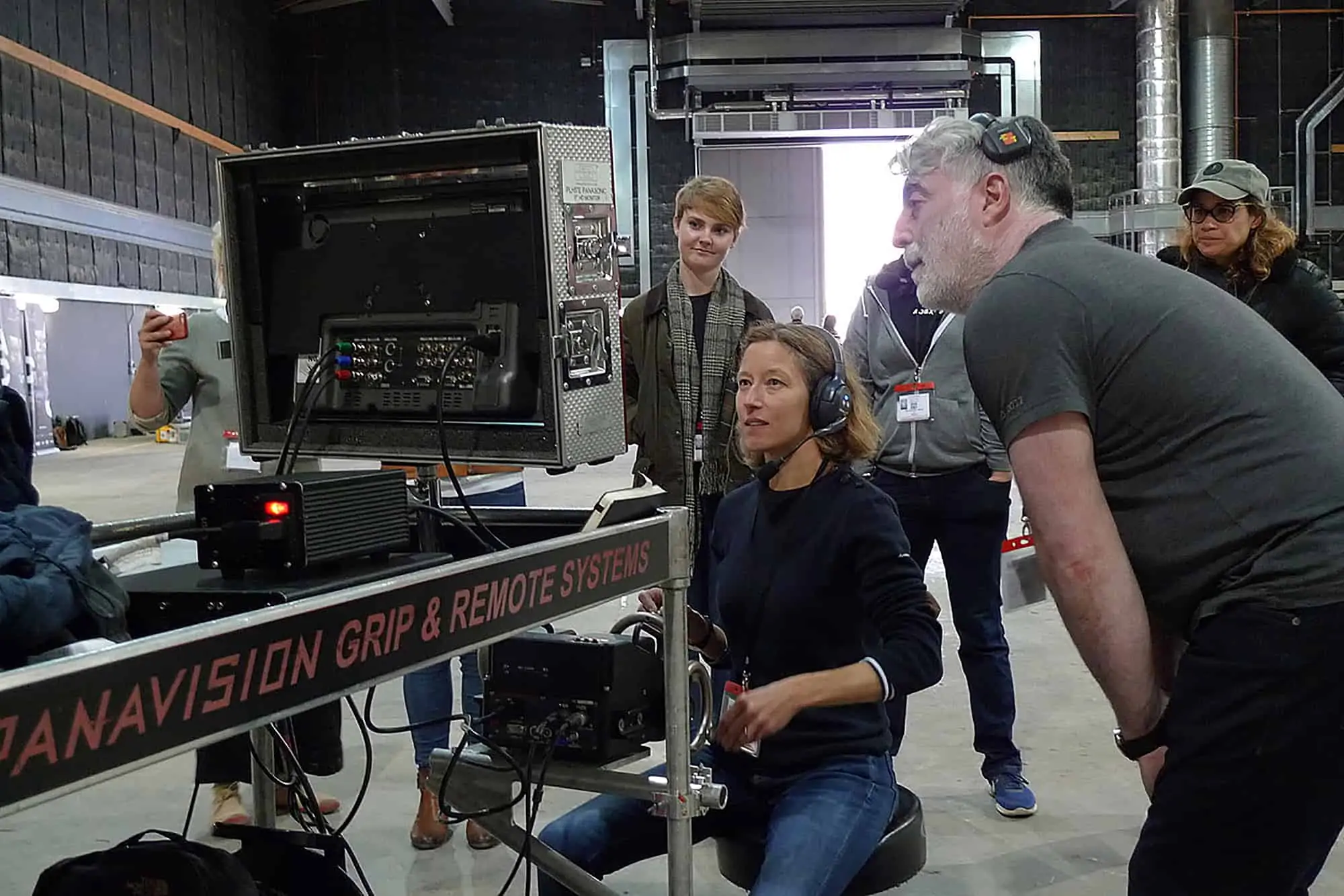
There are at present still only eight women listed as camera operators on the WBTC site. WBTC wants to encourage younger women to choose camera operating as a career, and hopes that photos of role models in the industry, on its website and lively Instagram feed, will inspire them.
Bristow says: “Camera operating is simply the best job on a film set. You have your eye to the eyepiece, with the collective efforts of a talented crew all passing through that lens. You feel right at the epicentre of the whole filmmaking process. Women are such good collaborators and communicators – both essential skills in a camera operator. It’s fantastic that there are now role models like Ilana Garrard and Svetlana Miko operating Steadicam.”
Other WBTC events will include a Steadicam and geared head operating workshop. WBTC is continuing to collect the details of UK-based female camera crew, grips and electricians who would like to be listed on its website. The criteria for inclusion is to have a minimum two credits on a TV drama, feature, documentary or award-winning short.




